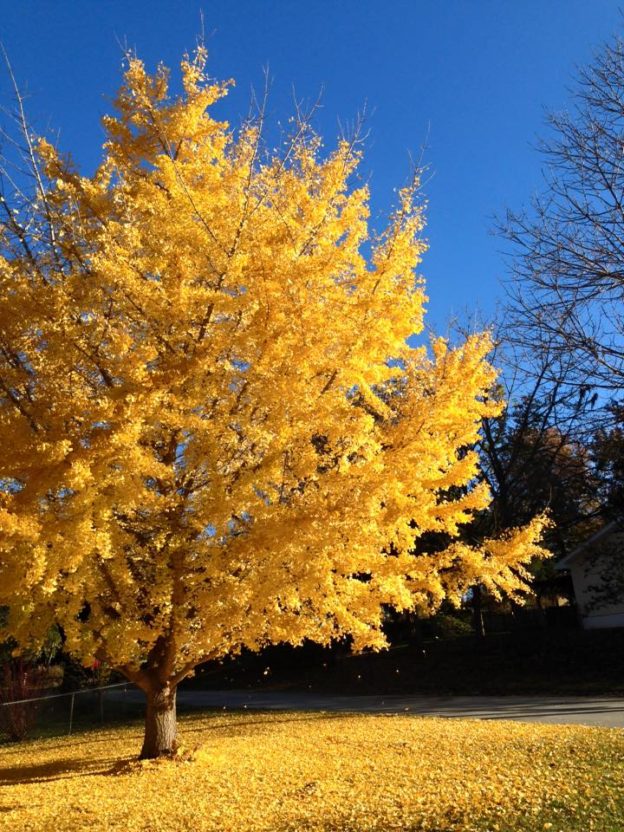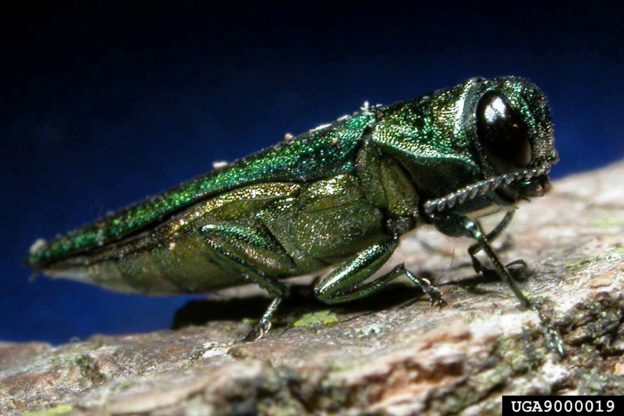Predicting the peak of fall color can be difficult. Missouri is blessed with a great variety of trees, shrubs, and vines. Their leaves turn at different times, so Missourians enjoy a fall color season that may last four to six weeks. Sassafras, sumac, and Virginia creeper are some of the earliest to change, beginning in mid-September. By late September, black gum, bittersweet, and dogwood are turning.
The peak of fall color in Missouri is usually around mid-October. This is when maples, ashes, oaks, and hickories are at the height of their fall display. Normally by late October, the colors are fading and the leaves beginning to drop from the trees. Fall color is usually finished by the middle of November.
The progression of color change starts earliest in north Missouri and moves southward across the state. Generally, the color change is predictable, but it can vary from year to year. Much depends on the weather.
Where’s the Best Place?
You can enjoy Missouri’s fall color almost anywhere.
- For spectacular vistas, choose routes along rivers with views of forested bluffs, and along ridges with sweeping scenes of forested landscapes. In particular, the James River has spectacular fall sights.
- On a smaller scale, drive on back roads, hike, or take a float trip under a colorful forest canopy on a clear, blue-sky day. Visit MDC Conservation Areas and Missouri State Parks.
- Even treeless areas, such as prairies and roadsides, display beautiful shades of gold, purple, olive, and auburn with autumn wildflowers, shrubs, and curing, rustling grasses.
- If you can’t get out of town, enjoy places with mature trees, such as older neighborhoods, parks, and even cemeteries.
Find events on your route
The Missouri Division of Tourism’s online calendar is packed with events happening all across Missouri this fall. Find those along your preferred routes.
MDC Discover Nature. (2019). Fall Colors. [online] Available at: https://nature.mdc.mo.gov/discover-nature/fall-colors [Accessed 26 Sep. 2019].
All About Trees is caring for Springfield’s urban forest, one tree at a time.


